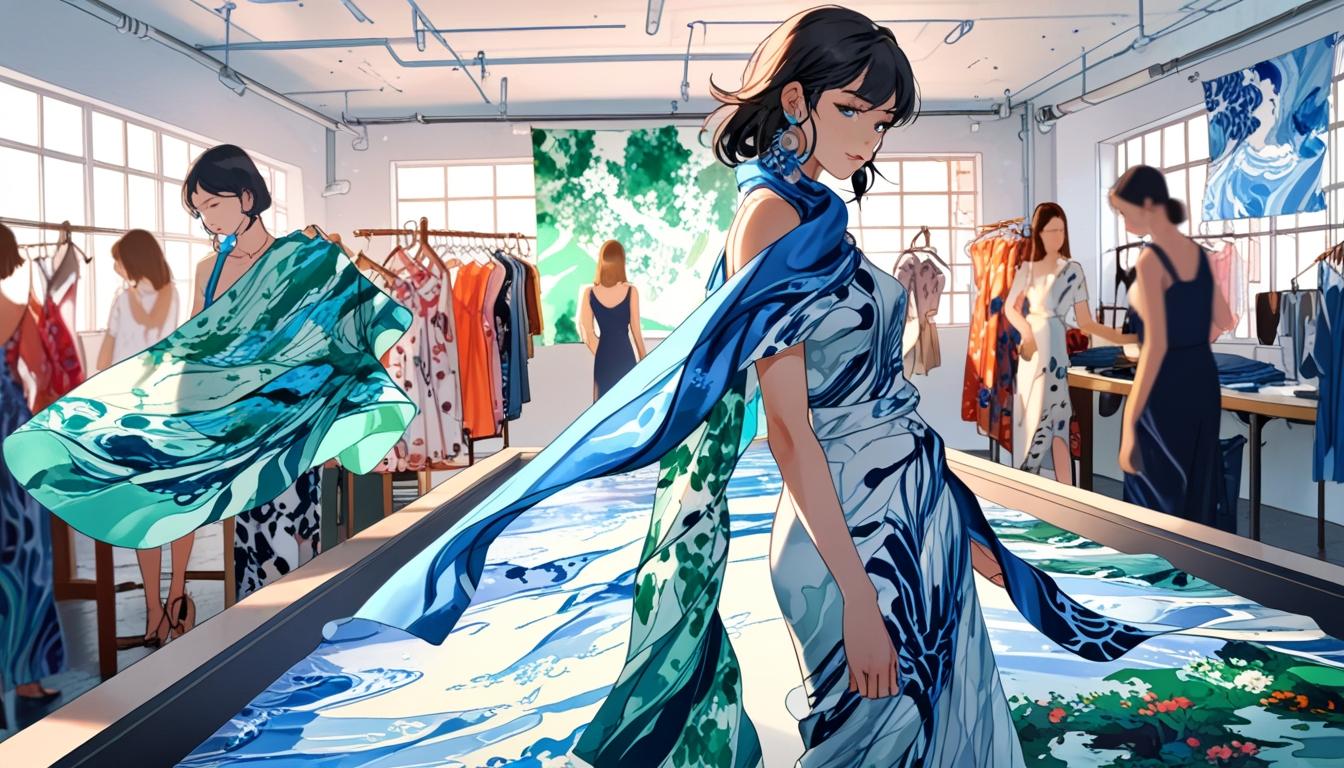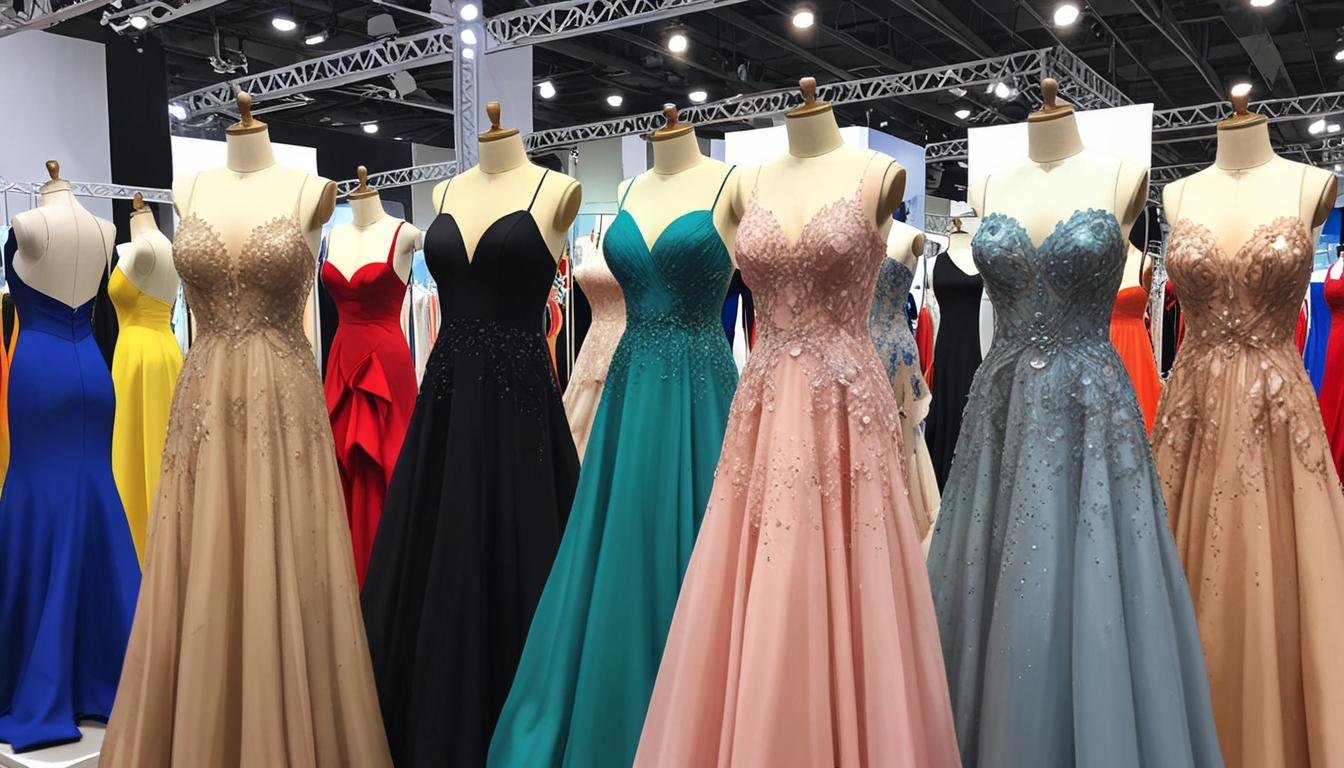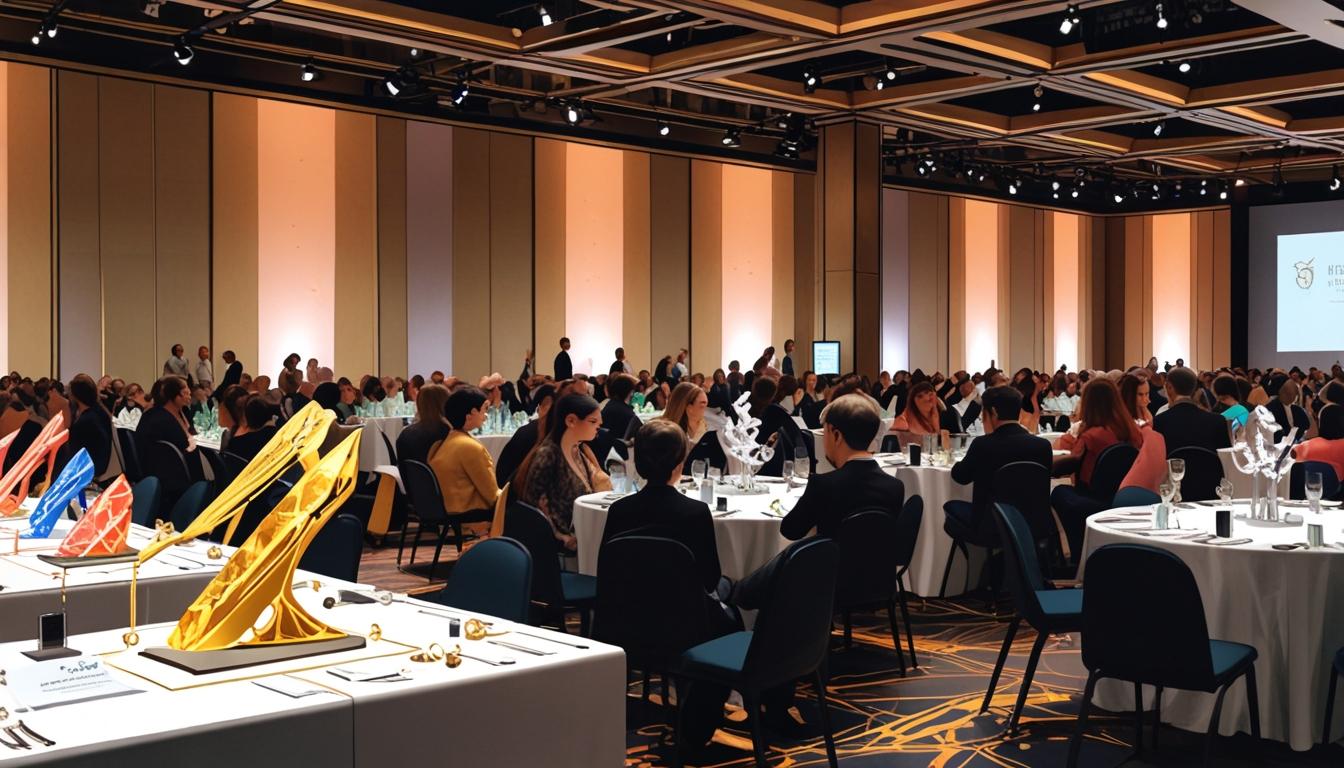A recent report reveals the shocking amount of water used in jeans production, prompting calls for sustainable practices as the fashion industry faces scrutiny.
Recent statistics have highlighted the significant water consumption involved in the production of clothing, particularly jeans, which stand out as one of the most water-intensive items in a wardrobe. According to a report from tech company Epson, an astonishing average of over 18,000 liters of water is required to produce a single pair of jeans. This figure encompasses various stages of manufacturing, beginning with the cultivation of cotton, which consumes approximately 16,390 liters. The process continues to escalate, as an additional 1,441 liters is necessary for dyeing the yarn, 584 liters for washing the garment, and another 110 liters during the cutting, sewing, and printing processes.
This staggering water footprint of the fashion industry has been brought to light following a comprehensive study that spanned eight European countries, including the United Kingdom, France, Germany, Portugal, Spain, the Netherlands, Italy, and Poland. The study revealed concerning trends regarding awareness of water consumption among consumers, with UK participants demonstrating the lowest level of knowledge. Only 16% of respondents in the UK acknowledged considering the water footprint of their clothing items, despite a quarter identifying as environmentally conscious. When faced with the reality of the industry’s environmental impact, a significant 72% expressed concern.
Notably, a prevailing sentiment among nearly two-thirds of UK respondents indicated a belief that the responsibility for fostering sustainable changes in fashion rests with brands and retailers, rather than individual consumers. In light of this context, sustainability-focused design agency PATTERNITY is actively working toward reducing the water footprint of the fashion industry.
In a collaborative initiative with Epson, the firm has introduced a groundbreaking collection called Water Silks, which features EcoVero silk scarves adorned with designs inspired by Europe’s iconic rivers and canals. The collection’s printing process utilizes Epson’s Monna Lisa digital printer—the result being a remarkable 97% reduction in water consumption compared to traditional methods. Launching ahead of the Autumn/Winter 2025 Fashion Weeks, this collection aims to instigate a broader dialogue about sustainable practices within the fashion sector.
Anna Murray, co-founder and creative director of PATTERNITY, articulated her inspiration behind the project: “Nearly three-quarters of our planet’s surface is covered by water, a fact that has always fascinated us and inspired this project.” She went on to explain that the designs celebrate the waterways pivotal to Europe’s fashion capitals, drawing connections between urban life, natural resources, and the fashion industry.
Maria Eagling from Epson emphasized the importance of addressing fashion’s environmental impact, noting, “With fashion being one of the world’s most influential industries, it’s vital to address its significant environmental impact.” She further stated that the upcoming fashion weeks present an opportunity for brands to adopt sustainable practices and shift towards a more sustainable future in the industry.
As the fashion landscape evolves, these innovative efforts signify a growing recognition of the environmental implications tied to clothing production, underscoring the necessity for change within the industry to mitigate its water consumption.
Source: Noah Wire Services




